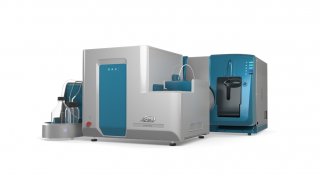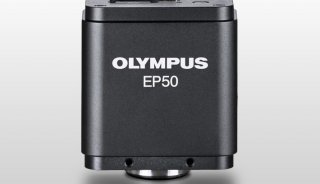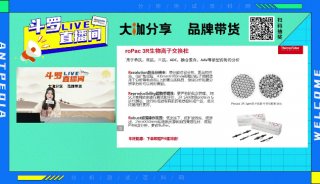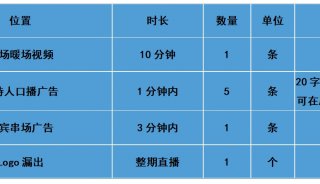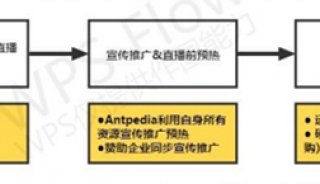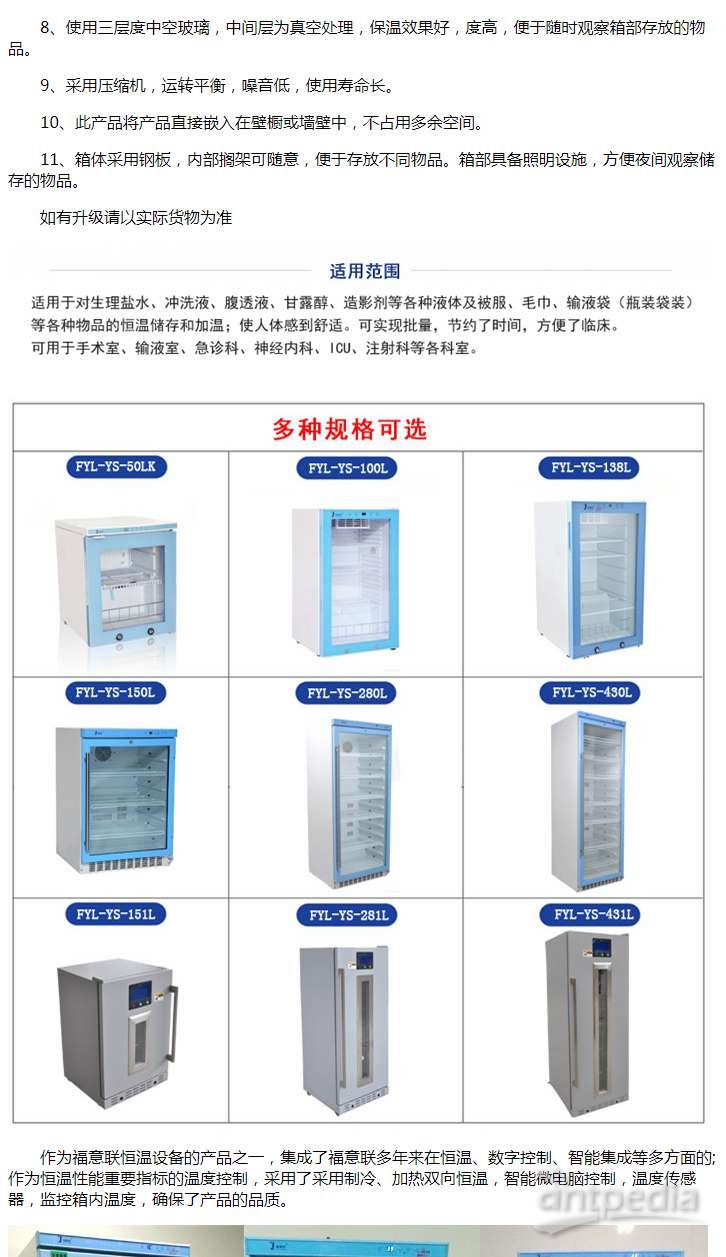直播预告|华中科技大学、南方科技大学两位专家报告

直播时间:2024年5月14日(周二)20:00-22:00
直播平台:
(科学网APP直播间链接)

科学网APP
北京时间5月14日晚八点,iCANX Youth Talks第五十五期邀请到了华中科技大学臧剑锋,南方科技大学郭传飞两位教授主讲,浙江大学徐凯臣作为主持人,香港大学张世明、南方科技大学林苑菁两位教授担任嘉宾,期待你一起加入这场知识盛宴。
【嘉宾介绍】

臧剑锋
华中科技大学
基于智能软材料的创新医疗器械
【Abstract】
Recent advances in soft materials, robotics, and manufacturing technologies have inspired many innovations in biomedical engineering like wearable electronics, implantable sensors, and new intervention methods. Soft intelligent materials can generate mechanical deformation when subjected to external stimuli like optics, acoustics, mechanics, electric field, magnetic field, etc., resulting in new properties or functions. To address the grand challenges in understanding the interfaces between human beings and medical devices, we will show our recent progress in the development of the medical devices using soft intelligent materials. This talk will present: i) how to address the current limitations for the existing cochlea implant, which can only restore functional hearing for patients with severe hearing loss. We proposed a bioinspired soft elastic metamaterial that reproduces the shape and key functions of the human cochlea, blazing a promising trail for reconstruction of natural hearing for patients. ii) how to address the comprehensive challenges posed by wireless implantable sensors. We designed an implantable, bioresorbable, and wireless sensor for monitoring multimodal and decoupled physiological signals of human bodies. iii) how to address the current challenges in the treatment of cerebral aneurysms and brain tumors by the conventional embolization method. We proposed magnetic soft microfiberbots with high steerability, reliable maneuverability, and multi-modal shape reconfigurability to perform robotic embolization in submillimeter regions via a remote, untethered, and magnetically controllable manner. In conclusion, a perspective will be given on designing new medical devices based on the emerging soft materials technologies.
生物医学工程领域的许多创新,如可穿戴电子设备、植入式传感器和新介入方法都来自于软材料、机器人以及制造技术的最新进展。智能软材料在受到光学、声学、力学、电场、磁场等外部刺激时会产生机械变形,从而产生新的性能或功能。为了应对人类与医疗设备之间人机接口面临的挑战,本报告将展示我们最近在利用智能软材料开发医疗设备方面的进展和如何解决现有人工耳蜗的局限性,即只能为严重听力损失患者恢复功能性听力。我们提出了一种受生物启发的柔性超材料,通过再现人类耳蜗的形状和关键功能,为患者重建自然听力开辟了一条新路。关于如何应对无线植入式传感器带来的全面挑战,我们设计了一种植入式、可生物吸收的无线传感器,用于监测人体多模态和解耦的的生理信号。如何解决目前通过常规栓塞方法治疗脑动脉瘤和脑肿瘤的挑战,我们提出了具有高可操控性、可靠机动性和多模态形状可重构性的磁性软微纤维机器人,通过远程、无束缚和磁可控的方式在亚毫米区域进行机器人化血管栓塞。最后,将对基于新兴软材料技术的新型医疗器械设计进行展望。
【BIOGRAPHY】
Dr. Jianfeng Zang is Professor of School of Integrated Circuits, Wuhan National Laboratory for Optoelectronics, and The State Key Laboratory of Intelligent Manufacturing Equipment and Technology, Huazhong University of Science and Technology (HUST). He studied materials science and engineering and Condensed-Matter physics for his B.E. and M.S. degrees at Jilin University. He studied microelectronics and biomedical engineering for PhD in Nanyang Technological University in Singapore. After worked as postdoctoral fellow in University of South Carolina and Duke University, he joined HUST. His research focuses on interdisciplinary area on soft intelligent materials for medical devices. He published more than 80 papers in prestigious journals including Nature Materials, Science Robotics, Nature Communications, and Science Advances. He served in Youth Editorial Board for Engineering, and as organizer for several international conferences on Flexible Electronics and Soft Robotics. He received several awards including National Youth Talent Program, IAAM 2023 Scientist Medal, and Hubei Province Natural Science Award.
臧剑锋,华中科技大学集成学院、武汉光电国家研究中心、智能制造装备与技术全国重点实验室教授、博士生导师。本科和硕士期间在吉林大学学习材料科学与工程和凝聚态物理专业,博士期间在新加坡南洋理工大学学习微电子学与生物医学工程专业;曾先后在美国南卡罗莱纳大学和杜克大学进行博士后研究。他专注于多学科交叉的基于智能软材料的创新医疗器械基础原理和临床应用研究。主持国家重点研发计划项目课题、国家自然科学基金原创探索项目、面上项目、华为、联影等项目。担任中国工程院院刊《Engineering》青年编委;柔性电子ISFSE 2017/2018、软体机器人SoRo 2019/2020等国际国内会议共同执行主席。在Nature Materials, Science Robotics, Science Advances, Nature Communications等杂志发表80余篇论文,授权发明专利20余项。获湖北省自然科学奖二等奖(1/5,2023),国际先进材料学会2023年度科学家奖章。

郭传飞
南方科技大学
高性能电子皮肤及其应用
【ABSTRACT】
Electronic skins can convert stimuli from the environment to electrical signals, and are a promising technology for robot haptics and wearable healthcare. A key challenge for electronic skins is that many sensing parameters, including sensitivity, sensing range, linearity, and sensing stability, can often not be optimized simultaneously. Such issues mostly stem from the specific properties of soft materials and the interfacial behaviors of the devices. Here, we focus on the material-structure-interface-property correlation, and show that some of the key parameters, can be synergized in a single device, by using new materials, microstructures, or interfaces. I will show that an electronic skin can be made to have high sensitivity, high stability, rapid response speed, and little signal drift. Such devices may be used for applications in haptics of humanoid robots and physiological signal collection of humans.
电子皮肤可将外界刺激转化为电信号,是机器人触觉和健康医疗领域的核心器件。电子皮肤中,软材料的本征属性和界面特性使得器件的灵敏度、量程以及稳定性等诸多性能之间难以兼顾。本研究通过材料、微结构、器件结构的创新设计,实现了超灵敏、大量程、高线性、高稳定性电子皮肤的研发,使得电子皮肤不但测得灵敏,还测得稳、测得准、测得快,为电子皮肤的实际应用提供了一些可行的技术方案。最后,本报告将展示电子皮肤在机器人触觉以及健康医疗上的特色应用。
【BIOGRAPHY】
Dr. Chuan-Fei Guo is a Professor of Materials Science and Engineering at the Southern University of Science and Technology (SUSTech). He received his bachelor’s degree on Material Science and Engineering in the Huazhong University of Science and Technology (HUST), 2006. In 2011, he earned a PhD degree on Condensed Matter Physics from the Chinese Academy of Sciences. From 2011 to 2016, Dr. Guo worked as a postdoctoral fellow (research associate) at Boston College and the University of Houston. He joined SUSTech since 2016. His research focuses on flexible electronics and bioelectronics. Dr. Guo has published over 150 journal articles in journals of Nature Materials, Nature Communications, PNAS, Science Advances etc., and his papers are cited over 10k times. He has applied 48 patents and hold 27 granted inventions. He is now an editor of Materials Today Physics.
郭传飞于2006年在华中科技大学获学士学位,2011年在中国科学院国家纳米科学中心获博士学位。2011~2016年期间,郭传飞博士在美国的波士顿学院和休斯顿大学从事博士后研究,合作导师为任志锋教授。2016年加入南方科技大学,目前任南方科技大学材料科学与工程系教授,南方科技大学致新书院学术副院长,Materials Today Physics期刊编辑。主要研究领域为高性能电子皮肤、人体柔性电子技术等。已在Nature Materials、Nature Communications、PNAS、Science Advances等学术期刊上发表论文150多篇,论文引用1万余次。申请发明专利48件,已获中、美、日等国专利授权27件,其中包括美国专利授权4件。参与编制国家标准一项,行业标准一项;参与编写英文专著两部。获北京市自然科学二等奖、深圳市青年科技奖。
【主持人】
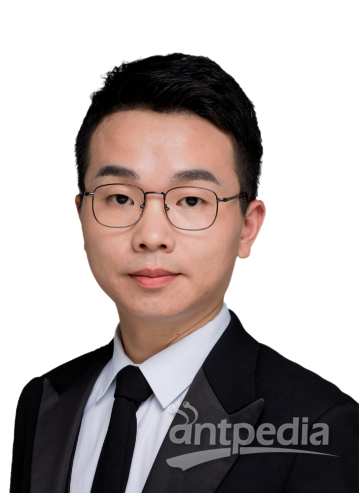
徐凯臣
浙江大学
【研讨嘉宾】
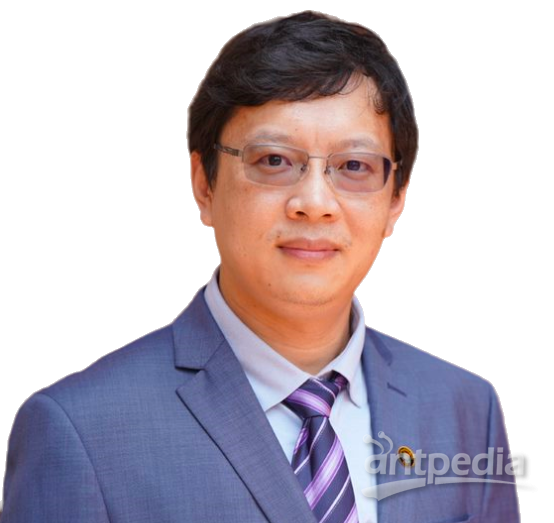
张世明
香港大学

林苑菁
南方科技大学









